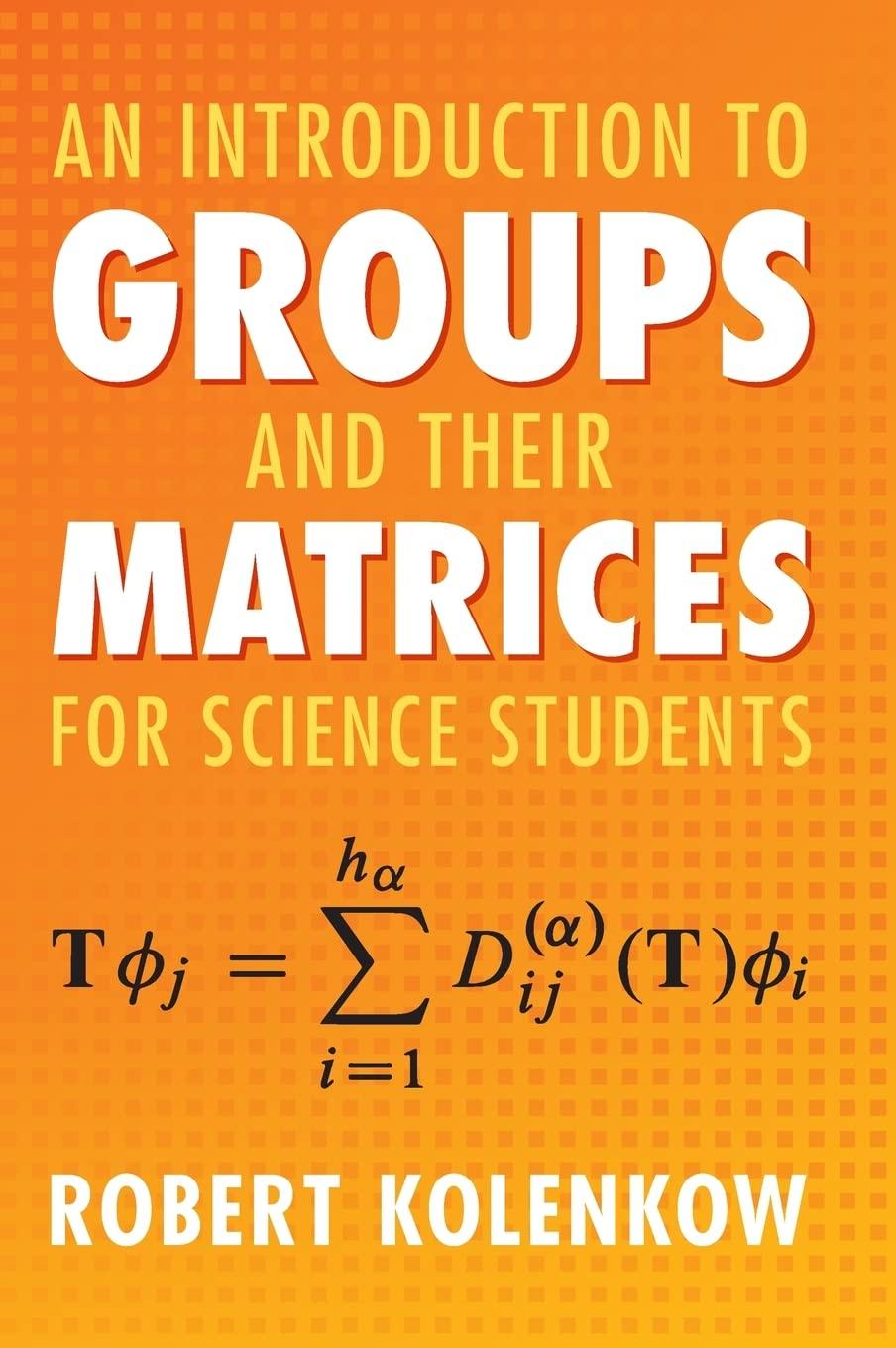Beginning in the 1920s, Russian physicist Pyotr Kapitza or Kapitsa (18941984, Nobel laureate in physics 1978) measured
Question:
Beginning in the 1920s, Russian physicist Pyotr Kapitza or Kapitsa (18941984, Nobel laureate in physics 1978) measured the Paschen-Back effect to an accuracy of 1 percent to 3 percent in various atoms. He generated magnetic fields higher than \(10 \mathrm{~T}(100 \mathrm{kG})\) for a few milliseconds by short-circuiting a generator across a coil. A spark discharge from a bank of capacitors excited the sample for about a microsecond, short compared to the slow decay of the maximum field. A line separation of \(0.42 \mathrm{~nm}\) was measured for the \(404.6 \mathrm{~nm}\) line of \(\mathrm{Hg}\), a line due to the transition from a \({ }^{3} S_{1}\) level at \(7.7 \mathrm{eV}\) to a \({ }^{3} P_{0}\) level at \(4.7 \mathrm{eV}\). (The term notations are for zero magnetic field.) Estimate the magnetic field in this experiment.
Step by Step Answer:

An Introduction To Groups And Their Matrices For Science Students
ISBN: 9781108831086
1st Edition
Authors: Robert Kolenkow





